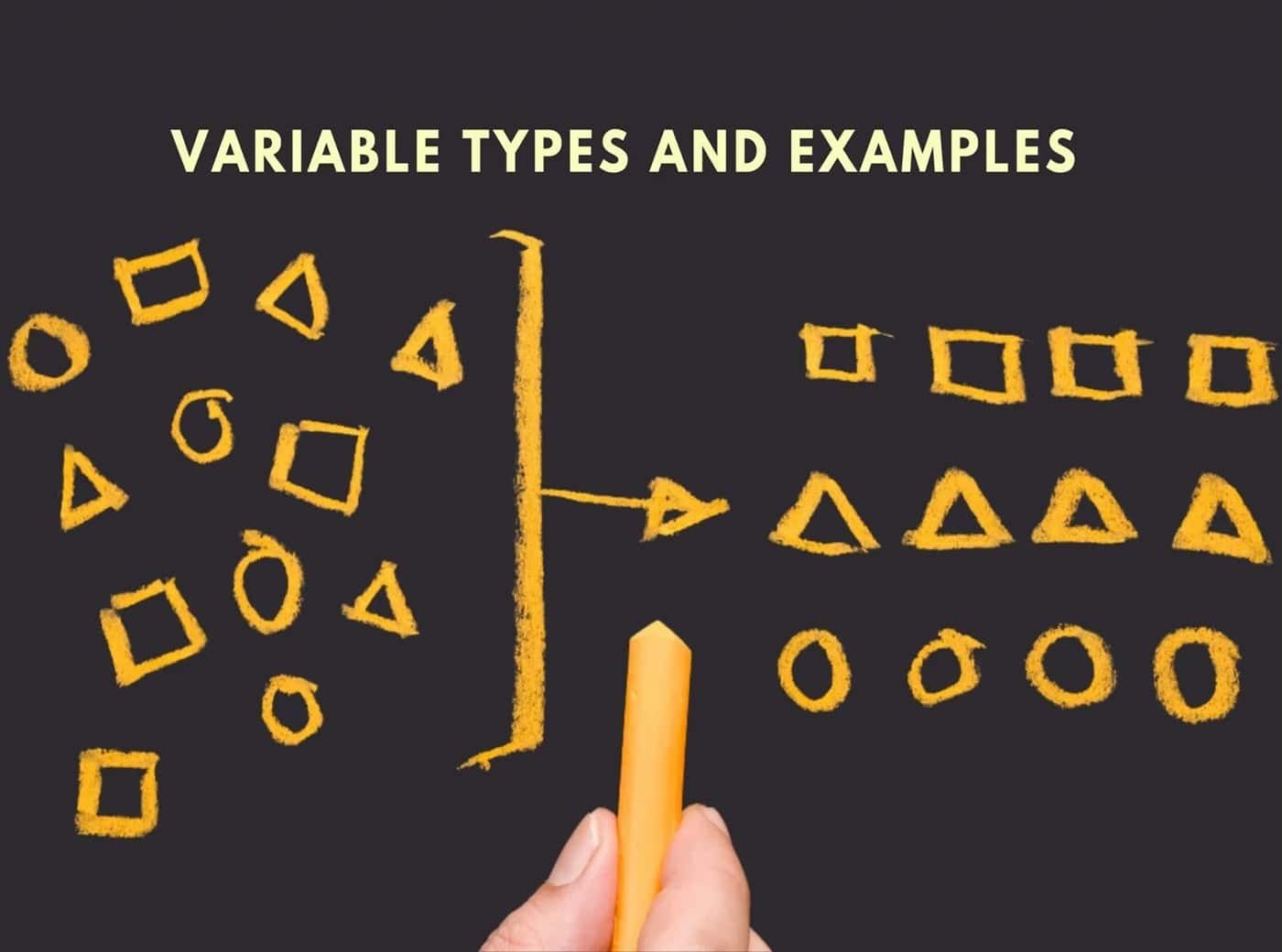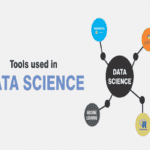Statistics and statistical analysis are integral when it comes to Data Science. It is the underpinning of the successful analysis of any data set. A Data Scientist needs expertise in various statistical tools like linear regression, resampling methods, decision trees, and other methods to help them draw inferences from designated datasets. The focus of this blog is to take you through different types of variables in statistics (broader classification), along with their examples.
Understanding What is a Variable
To put it in simple words, the variable is an attribute or feature of an object under observation or study. Studying these variables and drawing inferences is the core task of a Data Scientists. There are different types of variables and each of them hold special significance. Hence, choosing the variable to measure is integral for a good experimental study and research.
Classification of Variables
If you start exploring the different types of variables, you will come across different classifications. The broader classification of variables falls under the following categories:
- Qualitative variable-It includes the data that doesn’t hold a quantifiable or numerical value. Nominal and ordinal variables are sub-categories of qualitative variables.
- Quantitative variable– It is a broader category, and it is quantifiable i.e, it can be counted. Discrete variables and ratio variables fall into this category.
Detailed Overview of the Different Types of Variables
1. Categorical Variables:
These represent discrete or different groups. It can be further subdivided into nominal and ordinal variables. It is the classification:
- Nominal Variables– represents the category but is not present in a particular order. For example:
135 people are working in the office. Here is the representation of the mode of transportation people use to commute to the office
| Car | 80 |
| Public Transport | 30 |
| Bike | 25 |
- Ordinal Variables-
These variables define an order of relation between the different categories. Each of the variable holds some value. For example:
Education level: High school, Bachelor’s, Master’s, PhD.
Income level: Low, Medium, High
2. Numerical Variables:
These variables represent a quantity or measurement on a continuous scale. It can be either a continuous numerical variable or a discrete numerical variable.
- Continuous Variables-
These variables can take any value within a specific range. These can be either in the form of a decimal or a fraction. For example:
Age: 27.5, 31.2, 50.8
Height: 5.6 ft, 6.11 ft, 5.4 ft
- Discrete Variables-
These variables take only a specific whole number value. These are not represented as fractions or decimals, as in the case of continuous variables. For example:
Number of children: 1, 2, 3
Number of products sold: 10, 20, 30
3. Binary Variables:
These variables are represented in two categories or states. It can be either zero or one, true or false, yes or no, etc. For example:
Subscription status: Subscribed (1) or Not subscribed (0)
Fraudulent transaction: Detected (1) or Not detected (0)
4. Time-based Variables
Time-based variables are variables that represent time-related information. These variables can be used for analyzing trends, and patterns in data. For example:
Date: August 1, 2022, April 10, 2023
Time: 9:45 AM, 3:30 PM
Understanding the different types of variables in Data Science is crucial for effective data analysis, modelling, and interpretation. You can start learning about the different variables as a part of your Data Science course. Many platforms provide an apt learning platform where you will learn about Data Science and expand your knowledge in allied domains.
Expertise in the core concepts of Data Science and its fundamental principles, like Statistical Analysis, Mathematical Tools, Data Visualization techniques and others, have become significant. If the world of data entices you, it’s time to register on Pickl.AI. The platform offers umpteen options from the host of Data Science courses. By the end of the course, you will have complete proficiency in all the concepts of Data Science.
The Next Move:
The world of Data Science is expanding. Its multidisciplinary applications makes it one of the most sought-after career profiles. So, if you too are looking to make a career, mastering the concepts of Data Science is paramount. The basic Data Science course will teach you the fundamentals of Data Science, including statistical analysis.
At Pickl.AI, you can find a host of Data Science courses. Each of these courses is specially curated to match the learner’s aptitude. While the curriculum includes the fundamentals of Data Science, it also incorporates case studies, live projects and mock interview sessions that prepare you for the real-world setting. So, don’t delay your learning journey, and join the Pickl.AI’s Data Science Course.











